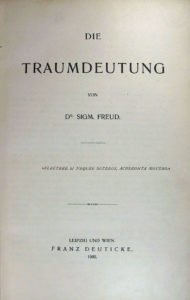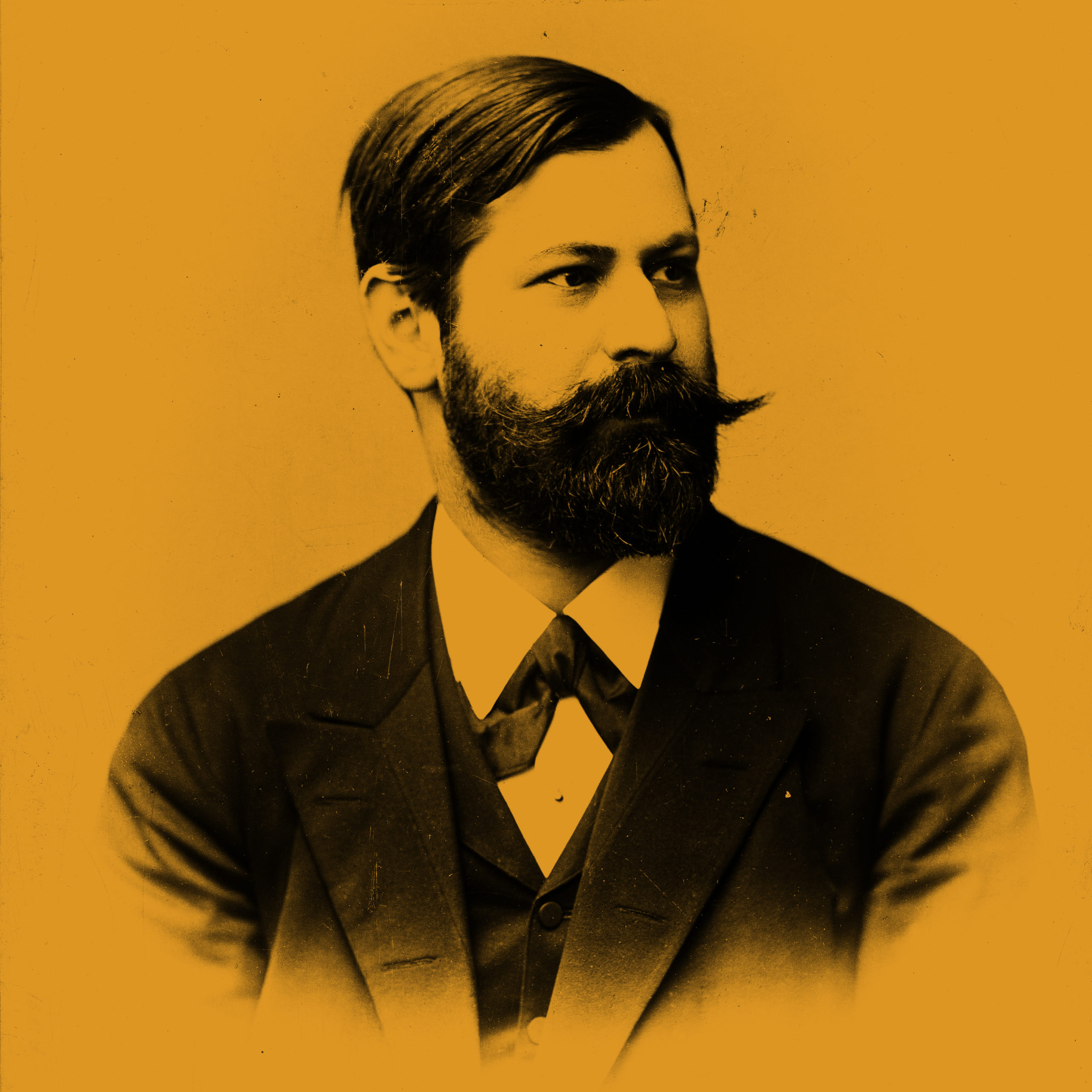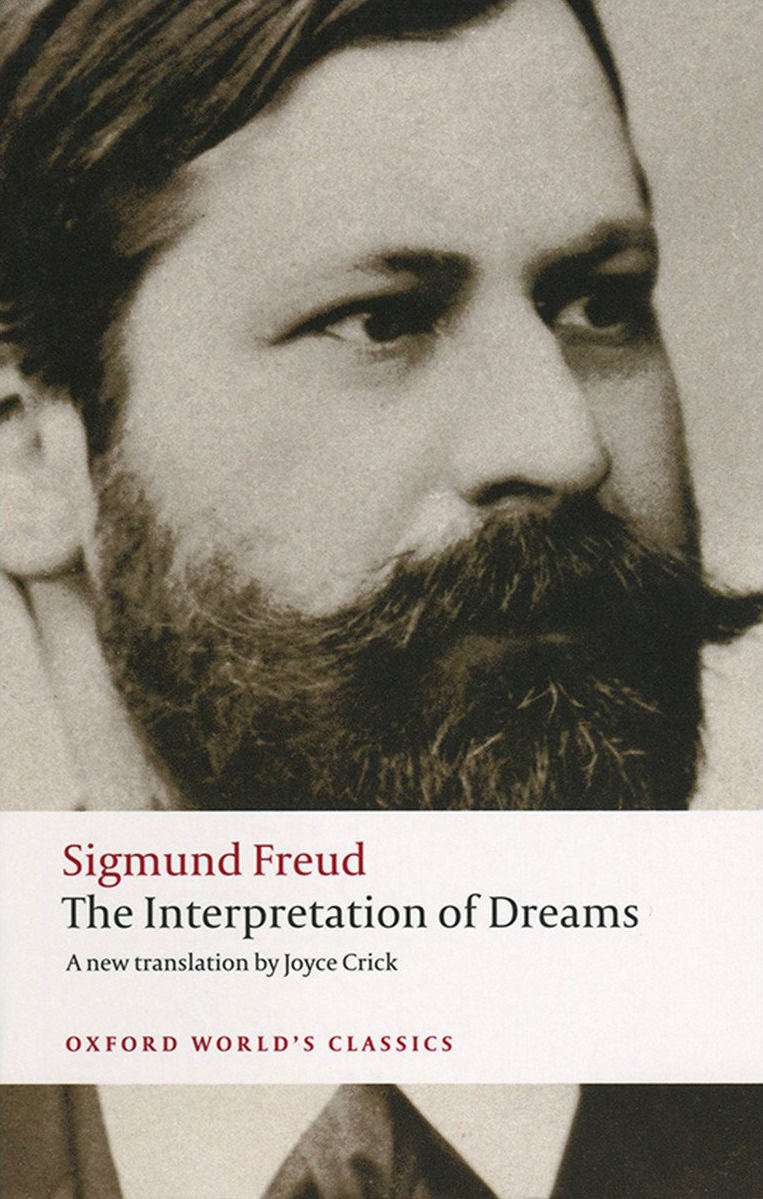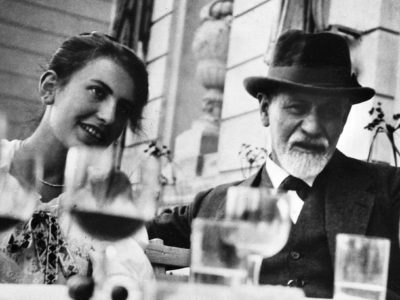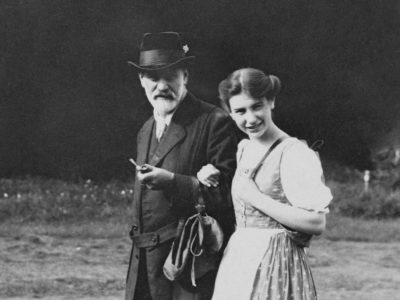Sigmund Freud’s The Interpretation of Dreams was one of the most important books of the 20th century.
First published in 1900, it provides a groundbreaking theory of dreams and an innovative method for interpreting them that captivates readers to this day.
The book represents Freud’s first major attempt to set out his theory of a dynamic unconscious, created in childhood, which operates continuously in every human mind.
For Freud, dreaming is a mental activity that follows its own logic. By identifying its mechanisms, Freud also shed new light on the workings of the unconscious and its powerful role in human life.
Freud called dream interpretation the ‘royal road’ to the unconscious.
It is the ‘King’s highway’ along which everyone can travel to discover the truth of unconscious processes for themselves.
“The interpretation of dreams is the royal road to a knowledge of the unconscious activities of the mind.”Sigmund Freud
Everybody dreams, and because of this it is one of the best ways to grasp Freud’s theory of psychoanalysis in a practical way.
Freud was so confident in his discovery that he jokingly wrote to his friend Wilhelm Fliess:
“Do you think that one day there will be a marble tablet on the house, saying: ‘In this house on July 24, 1895, the Secret of Dreams was revealed to Dr. Sigmund Freud’?”
Today, there is indeed a commemorative plaque marking the spot where Freud began writing the book.

Commemorative plaque marking the spot where Freud began writing The Interpretation of Dreams.
Find this plaque on Google Maps >>
Unusually for a scientific monograph, The Interpretation of Dreams is a deeply personal book.
“On my way to discovering the solution of the dream all kinds of things were revealed which I was unwilling to admit even to myself.”Sigmund Freud
Many of the dreams discussed in it are Freud’s own – although he also discusses hundreds of his patients’ dreams.
We glimpse in Freud’s dreams the impact of significant life events on his inner world.
The death of his father, his marriage to Martha Bernays and the birth of their children all feature prominently, as does the decaying political situation in Vienna and the rise of antisemitism.
In his dreams, details of these experiences combine in unexpected ways with memories going back to his earliest childhood.
Because of this, Freud’s book is arguably also the invention of a new literary genre: a life in dreams!
This learning resource will guide you through Freud's theory of dreams.
These chapters closely follow how Freud builds his argument in The Interpretation of Dreams.

Chapter 2
Freud’s Method for Interpreting Dreams
Freud invited his patients to say whatever came to mind in relation to each element of the dream.


Chapter 4
Dream Distortion
A censor is at work! Freud argues that dreams are disguised to get around censorship.

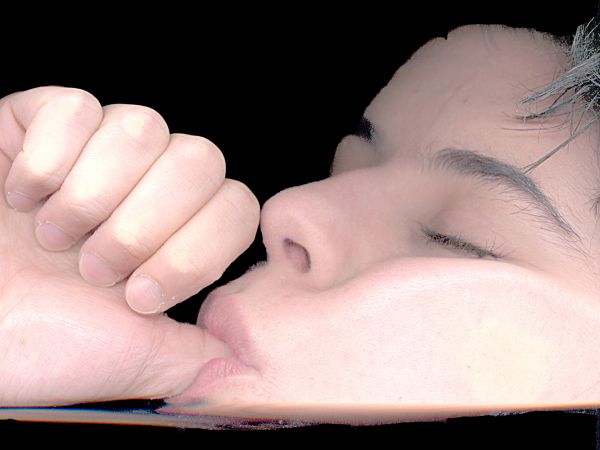

Related resource
The Wolf Man’s Dream
Analyse one of the most famous dreams in the history of psychoanalysis.
